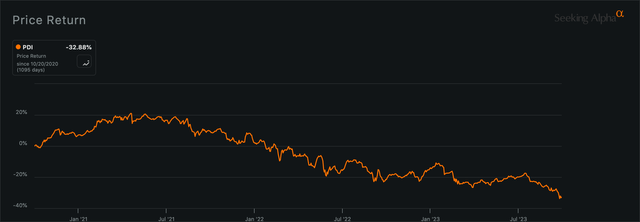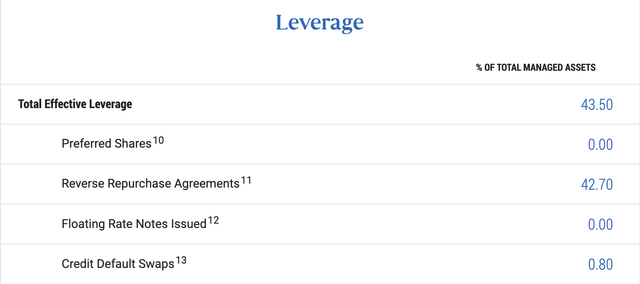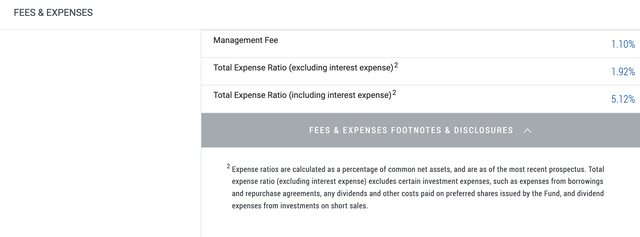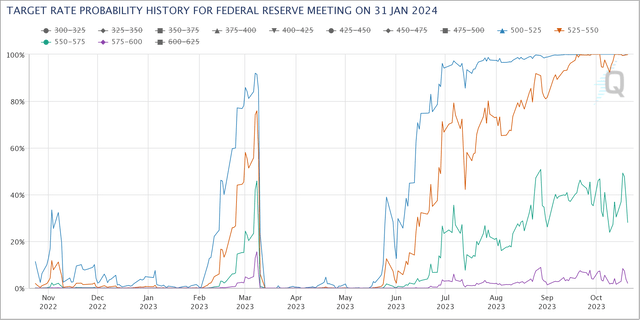Bond Stuff
While many, if not most, readers are familiar with exactly why rising interest rates have pummeled bonds and bond funds over the last two years, sometimes the basics are worth revisiting.
When interest rates rise, yields on outstanding bonds rise as well. The mechanism by which this happens is the falling of the bond’s price on the secondary market. Compared with the stock market, the bond market is relatively precise–it is difficult to find and take advantage of market mispricing, and when the opportunity does arise the payoff is usually quite small, or must be executed with significant leverage for the juice to be worth the squeeze, so to speak.
Thus, bond fund holders have found themselves subject to the business end of the ruthless reality of a bond market in a rising interest rate environment (something few market participants can claim to have experience of).
PIMCO Dynamic Income Fund (NYSE:PDI) knows this pain all too well.
PDI 3-Year Price Return (Seeking Alpha)
Over the last three years, PDI has declined by 32% on a price return basis. On a total return basis (which assumes dividends are reinvested), the return is somewhat better at a negative 4%.
Several analysts on this site have made the bull case for PDI in recent week, and in this article we hope to present a contrarian view that PDI’s pain is far from over. Let’s dive in.
The Fund
The PIMCO Dynamic Income Fund, according to its website (accessed October 21, 2023), is intended to do the following:
Offering access to PIMCO’s best income-generating ideas across multiple global fixed income sectors, the multi-sector fund seeks current income as a primary objective and capital appreciation as a secondary objective.
The fund normally invests worldwide in a portfolio of debt obligations and other income-producing securities of any type and credit quality, with varying maturities and related derivative instruments. The fund’s investment universe includes mortgage-backed securities, investment grade and high yield corporates, developed and emerging markets corporate and sovereign bonds, other income-producing securities and related derivative instruments.
The fund also notes in the following paragraph that “[t]he Fund may normally invest up to 40% of its total assets in securities of issuers economically tied to emerging market countries.”
As of this writing, the fund boasts an impressive forward dividend of 16.6% according to Seeking Alpha data, which is naturally the main attractor of investors to the fund.
Now, there are lots of funds that invest “worldwide in a portfolio of debt obligations and other income-producing securities of any type and credit quality,” but very few of them can generate a dividend of PDI’s magnitude. Why is that?
Leverage.
PDI Leverage (PDI Website, accessed October 21, 2023))
According to PDI’s Fund Card from June 30, 2023, the fund has net assets of $4.58 billion, and total managed assets of $8.16 billion. That leverage allows the fund to magnify returns in the fixed income instruments in which it invests.
As can be seen, virtually all of the leverage takes the form of reverse repo agreements, which are agreements between the fund and counterparties to exchange cash for securities with an agreement to buy them back at an agreed upon (and generally higher) price.
This arrangement isn’t free, of course, and once the cost of the leverage is factored in, PDI becomes relatively pricey (you can view the fund’s fees in greater detail on page S-5 of the Fund Prospectus).
PDI Fees & Expenses (Fund Website, Accessed October 21st, 2023)
Once the expenses from the leverage are factored in, PDI’s total expense ratio comes out to 5.12%. Looking back in time would likely show a smaller expense for leverage, since the going rate for reverse repos typically moves with interest rates.
So as it stands today, investors in PDI are looking at 5% off the bat in expense annually.
Are there environments where this strategy would work quite well? Yes, of course. Is the current environment one that is conducive to the strategy? We don’t think so.
To evidence this, consider the fund’s undistributed net investment income profile:
PDI UNII Sheet (PIMCO Fund Website, Accessed October 22, 2023)
The Fund had a negative $0.59 per share in estimated undistributed net income for the month of September. The notes to this section point out that “A negative or zero value for UNII represents the potential for a return of capital (ROC) on an estimated tax basis.”
This figure has been falling since at least March of 2023:
PDI Estimated UNII (PDI Data, Author’s Collation, Accessed October 23rd, 2023)
The Outlook
Market participants seem to be souring on the outlook for interest rates in the next three to four months.
Fed Rate Probability for 31 Jan 2024 (CME FedWatch)
Bond traders now think there is a roughly 40% chance that interest rates will be at 5.5%-5.75% come January 2024. The current target rate is 5.25%-5.5%.
The current estimated duration of PDI is 3.48 years, so, while not fully precise, it can be estimated that a 1% move in rates either way will result in a NAV reduction (in the case of rising rates) or increase (in the case of falling rates) of 3.48%. Our estimates tell us then that a 25-50bps increase in interest rates could negatively impact PDI’s NAV by 87-174bps.
The Bottom Line
PDI’s strategy is sound, but we do not believe that the current environment is a favorable one for it. With the possibility of higher interest rates on the horizon and the leverage utilized by the fund, we think that the prospect of pain is far from over. Risks to our thesis include a dramatic cut in interest rates, but we think that in the event of a recession it is more likely that the Fed would pursue a gradual reduction strategy.
Read the full article here



